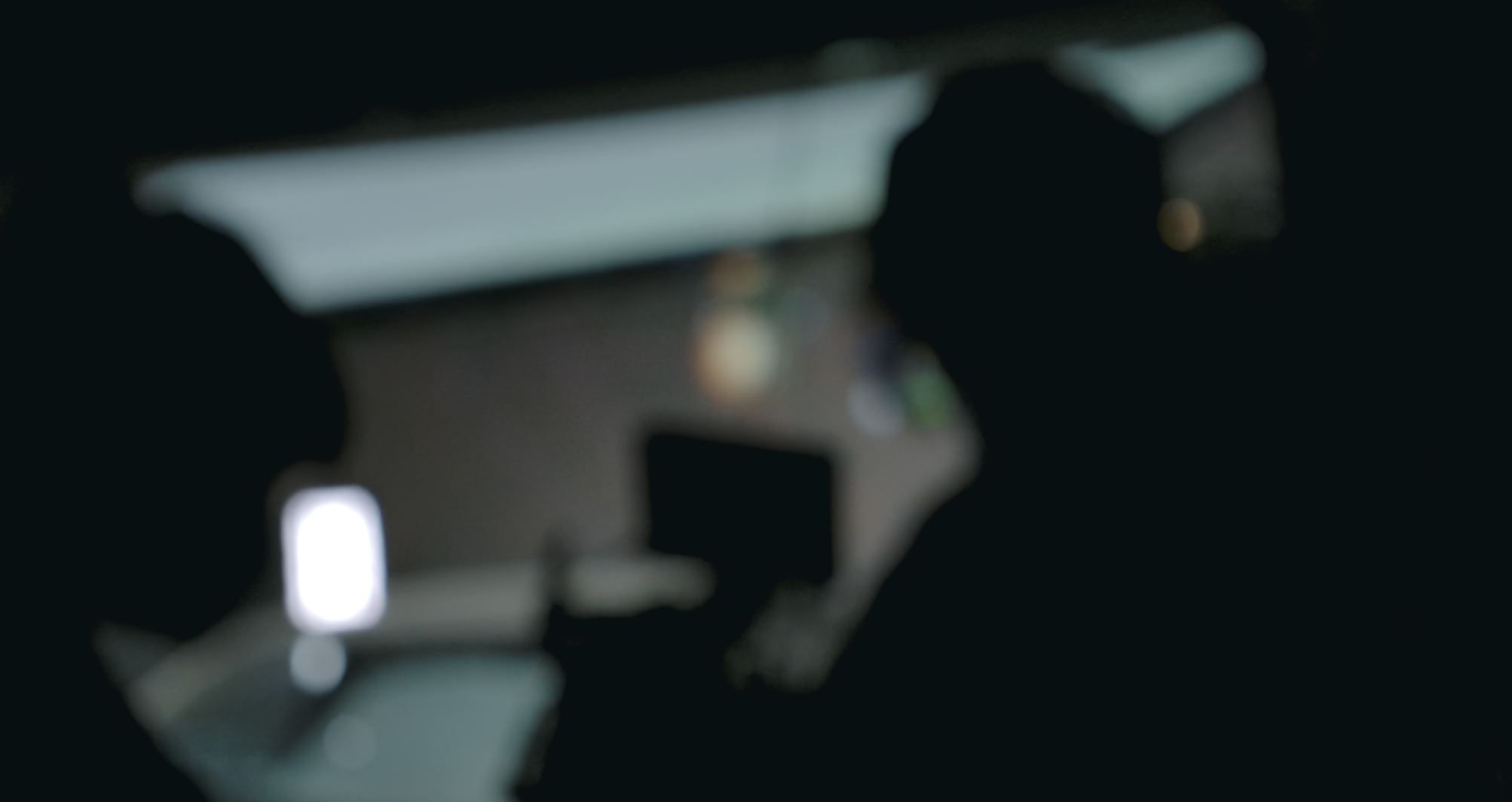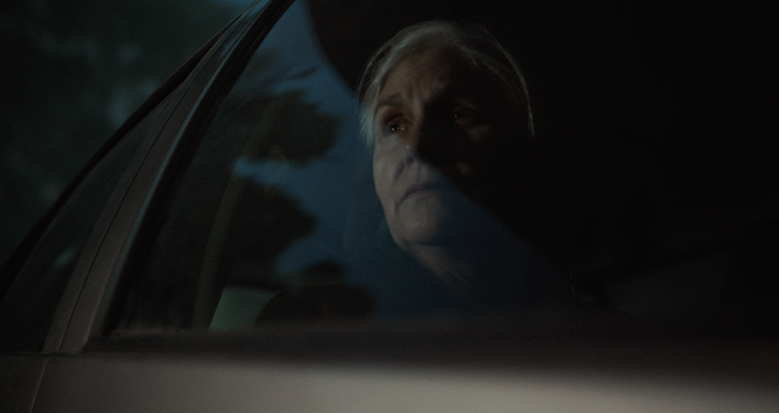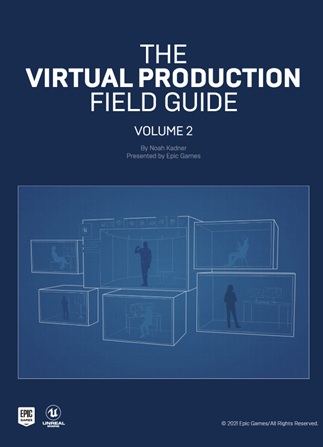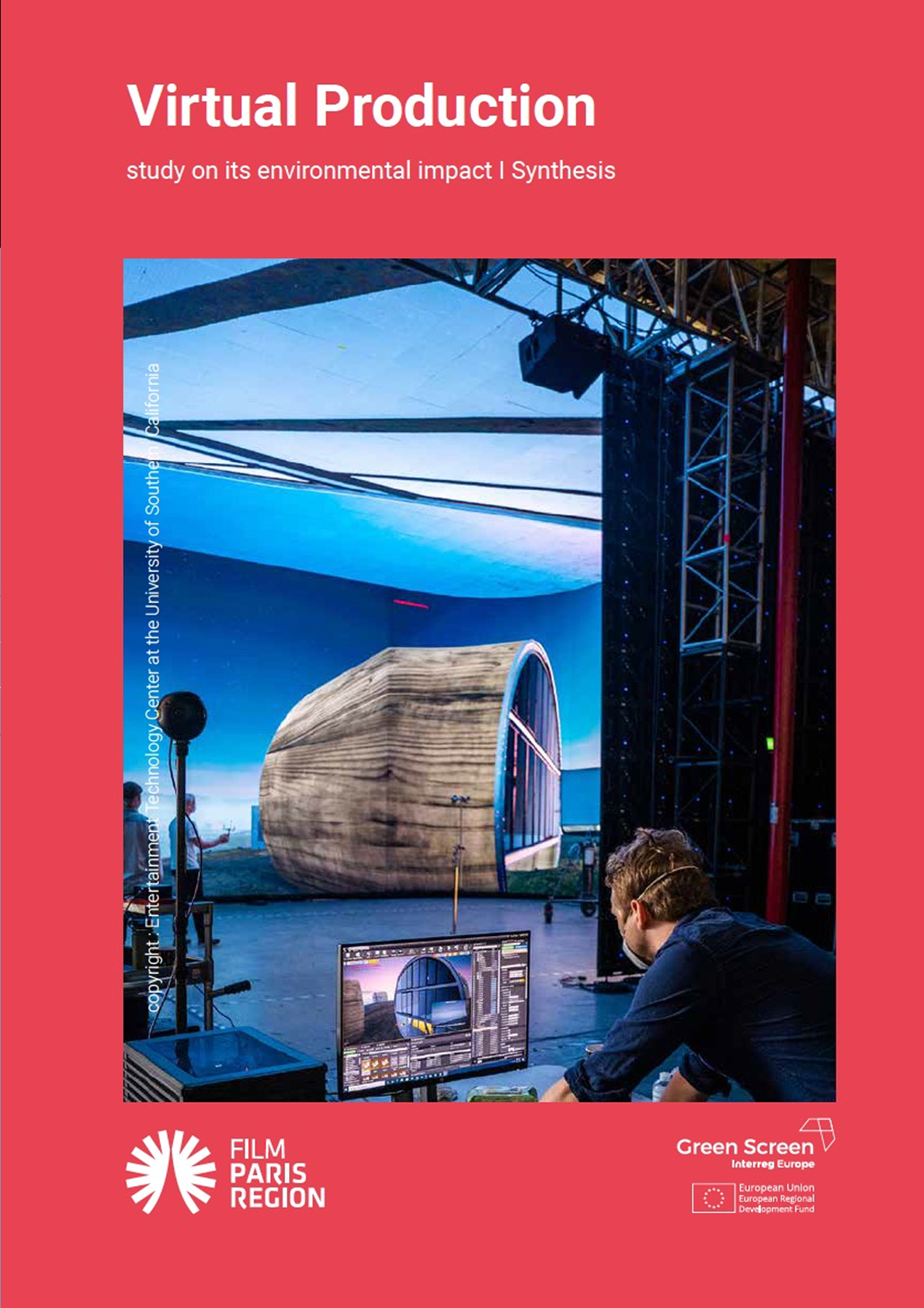










from digital games and 3d animation
...to studio recording and vfx
Game engine technology, like Unreal Engine and Unity, forms the core of virtual production. These engines power real-time rendering, enabling filmmakers to visualize complex dynamic scenes during shooting. Practical applications range from creating otherworldly landscapes for sci-fi films, replicating historical eras with meticulous accuracy or shooting car scenes safely and efficiently.
3D CGI complements this by generating lifelike environments, objects and even creatures. Practical examples involve crafting mythical beasts for fantasy epics or constructing entire cities that exist only in the digital realm. These CGI elements are seamlessly embedded into the live-action shots, enhancing believability and narrative depth.
Live film/TV studio recordings play a pivotal role, serving as the backdrop for real actors to interact with virtual environments. LED walls display dynamic CGI backgrounds in real time, fostering genuine performances and reducing the need for green screen compositing.
The onset virtual production shoot transpires as a collaborative convergence, featuring directors, cinematographers, production designers and CGI/VFX artists jointly orchestrating the virtual realm. The narrative’s visual attributes, including lighting, set design, and weather phenomena, are dynamically manipulated, amplifying artistic agency.
This iterative approach minimizes post-production requisites, as many effects attain finality during principal photography. This synergy harmonizes live-action capture and digital augmentation, expediting filmmaking while fostering innovative exploration.
In summation, onset virtual production shoots inaugurate an epoch of filmmaking that melds digital and real environments. By leveraging sophisticated hardware, software, and collaborative praxis, this methodology empowers filmmakers to realize their creative vision with unprecedented efficacy, precision, and imaginative finesse.

Life-like in real-time
Virtual production is an advanced technique that leverages real-time processing and photorealistic computer-generated imagery (CGI) integration. By seamlessly fusing physical and digital elements, it facilitates instantaneous rendering and display of digital content on high-resolution LED screens or projections. This responsive system dynamically adapts to camera movements and live actor interactions, resulting in a cohesive blend of CGI and reality. This paradigm shift reduces the need for extensive post-processing, offering filmmakers an innovative approach to achieve real-time photorealism in their productions.




FROM DIGITAL GAMES
Digital games bring several fundamental features to virtual production, including real-time interactive realistic environments. This new aspect is pivotal because it allows instant and dynamic generation of lifelike visuals during filming, allowing the lead creatives to simultaneously review and control the combination of virtual and physical components on set.
A key feature that lets creatives radically adjust scenes or manipulate details on the fly, e.g., changing weather, controlling time of day or year, effortlessly moving mountains or altering the foliage on trees. This way, the integration of technology from digital games enhances both artistic control, creative flexibility and logistical control by streamlining workflows, and optimising the overall production process.
FROM DIGITAL ART & 3D GRAPHICS
Virtual production’s use of digital art and 3D graphics augments artistic control significantly. On one hand, the use digital art liberates creators to explore a new imaginative potential, enabling crafting of intricate, visually striking virtual vistas. An increased artistic freedom, that empowers filmmakers to realise novel visions.
On the other hand, the enhancements provided by realistic digital art and 3D graphics also provides filmmakers from all genres with an ability to control digital representations of both nature and urban environments with high precision and in meticulous detail. Affording Directors, Cinematographers, Production Designers and Gaffers improved artistic conditions and grants Producers logistical benefits.


FROM FILM & TV
Film and TV contribute artistic and practical dimensions to virtual production. Artistically, it brings the expertise of storytelling, mise en scène, cinematography, set design and visual aesthetics. Furthermore, film and TV forms the conceptual context of the performing artists, part of almost all virtual production shoots.
Practically, film and TV brings established production workflows, equipment, and techniques to virtual production. Facilitating the uptake of innovation and use of digital technology, which helps reduce CO2 emissions in the creative industries. By that, film and TV use of virtual production not only enriches media production, but also promotes the sector’s environmental sustainability and economic viability via improved production efficiency.
FROM THE WIDER FIELD...
The VIPROS project is underpinned by an extensive secondary research effort, drawing insights from key references in the virtual production domain. These references collectively furnish VIPROS with a comprehensive foundation, allowing it to comprehend the trajectories, challenges, and prospects inherent in virtual production.
In essence, VIPROS’ secondary research, anchored by the “Future of Film Report 2021,” “The Virtual Production Field Guide V1 and V2,” and the “Virtual Production Skills Report 2023,” serves as the bedrock for informed exploration into the dynamic realm of virtual production.
...AND PART OF THE VIPROS BACKGROUND
These seminal references creates a contextual backdrop, infusing the VIPROS initiative with a profound understanding of the emergent trends, challenges, and opportunities enveloping virtual production. The assimilation of knowledge equips VIPROS with a comprehensive grasp of cutting-edge methodologies and emergent technologies, cultivating an informed approach to project execution
The insights gained throughout the projects combined with the compatible and complementary knowledge fields and backgrounds found among partners enables a holistic perspective and allows a broad dissemination and implementation strategy.






